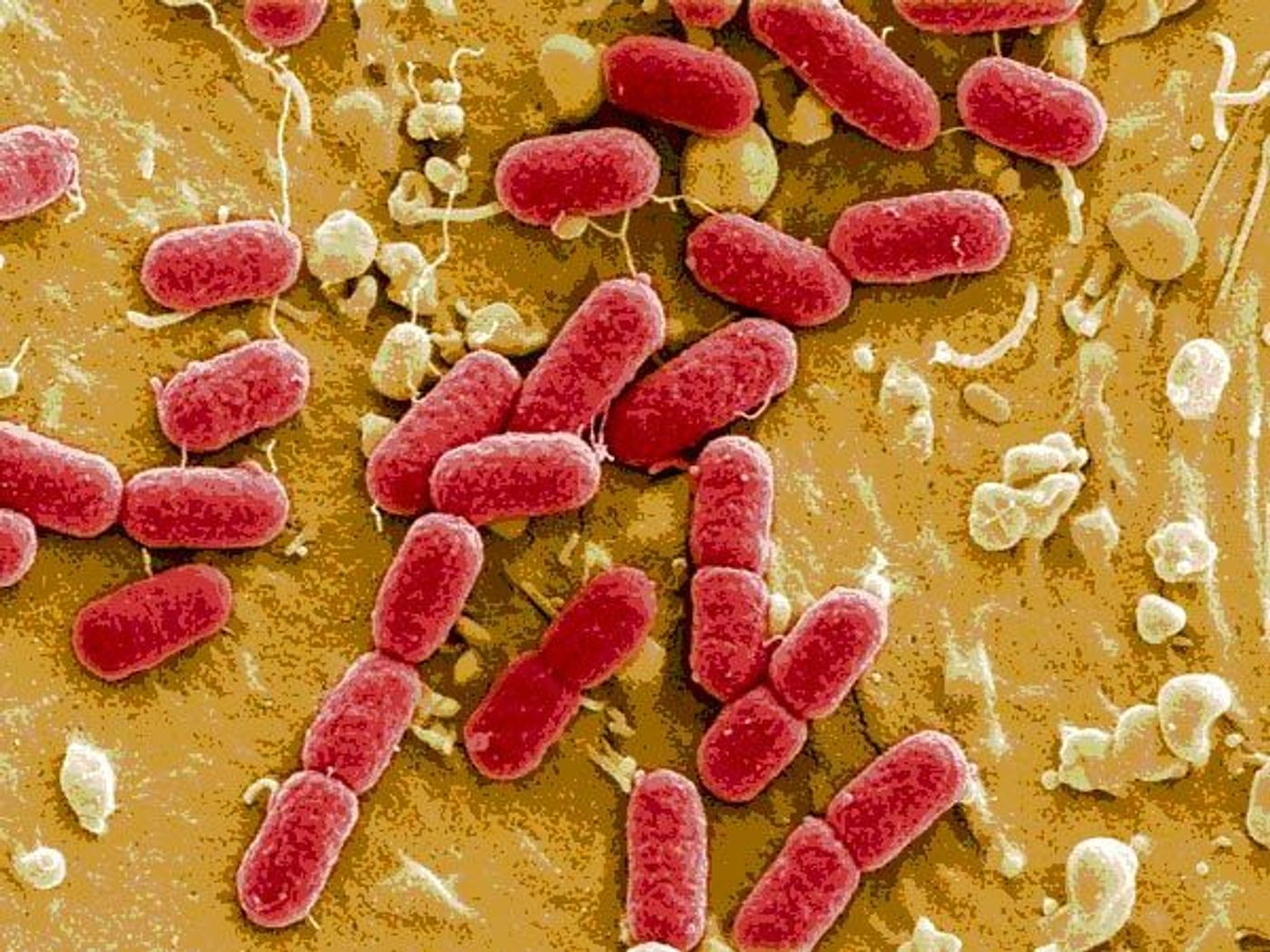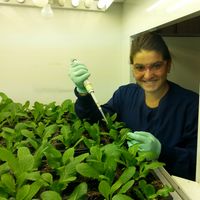While most
E. coli living in the intestine of people and animals are actually beneficial, some can cause severe illness. There are currently six different groups of pathogenic
E. coli distinguished based on the mechanism by which they are able to cause disease. These groups include Shiga-toxin producing
E. coli (STEC), Enterotoxigenic
E. coli (ETEC), Enteropathogenic
E. coli (EPEC), Enteroaggregative
E. coli (EAEC),
Enteroinvasive E. coli (EIEC) and diffusely adherent
E. coli (DAEC). STEC are able to produce a specific type of enterotoxin known as Shiga toxin, previously referred to as verocytotoxin.
E. coli O157:H7 is the most commonly identified STEC in North America and tends to cause the largest majority of foodborne outbreaks related to STEC however; there are other groups of
E. coli that cause outbreaks and are often referred to as “non-O157 STECs”.

Those who are most susceptible to STEC infections include very young children, the elderly and immunocompromised individuals. In some cases, a severe secondary illness known as hemolytic uremic syndrome (HUS) can develop and cause kidney failure. Symptoms can be self-limited but typically include stomach cramps, vomiting, and bloody diarrhea. Most people will recover from the illness within a week if complications do not arise.
The Centers for Disease Control and Prevention estimates that there are approximately 265,000 STEC infections that occur each year in the United States alone. This number is probably an underestimate considering the majority of people with STEC infections will go undiagnosed any many labs do not test for non-O157 STEC. Until now there has been little information on the global impact of STEC-related illnesses.

A study released this week by researchers at the University of Waterloo School of Public Health and Healthy Systems in Ontario, Canada provides the first estimates of the global incidence of illnesses related to Shiga-toxin producing
Escherichia coli. Researchers were able to estimate the global annual number of STEC infections, resulting cases of HUS, and deaths. The authors searched peer-reviewed literature, gray literature, and publicly notifiable disease data to gather this information. They also searched databases for studies published between January 1, 1990 and April 30, 2012 in all languages. They utilized database-specific search strings consisting of key words as well as Medical Subject Headings. The authors collected articles from 21 different countries, 10 of which were from one of the 14 World Health Organization Sub-Regions.
The results of their study indicate that STEC causes approximately 2,801,000 illnesses, 3890 cases of HUS and 230 deaths annually. Impacts of STEC were found to be greater in infants and children. While this study has many limitations, it provides insight into the global impact of STEC, which was not previously included in global burden of disease estimates. STEC should now be part of the prioritized pathogens for public action and global efforts can be made to reduce the burden of foodborne illness related to STEC.
Sources:
Foodborne Pathogens and Disease,
Centers for Disease Control and Prevention









